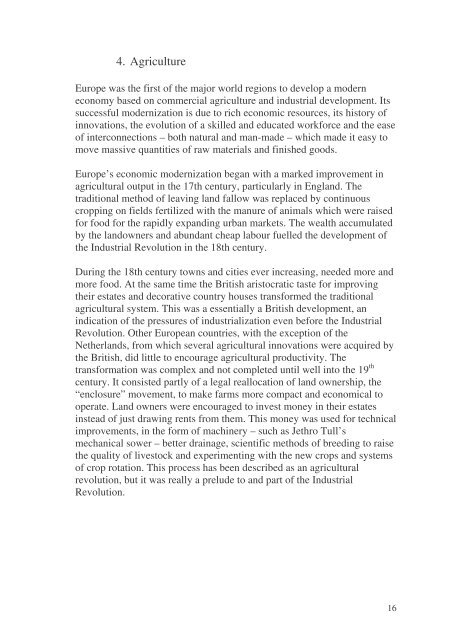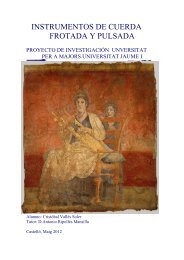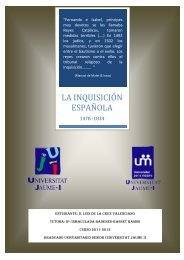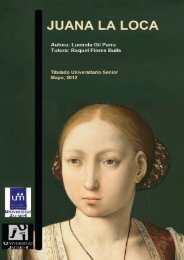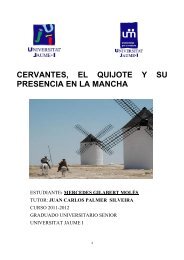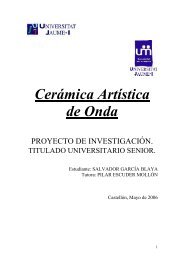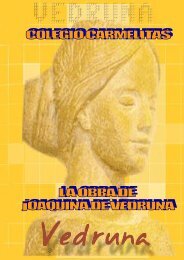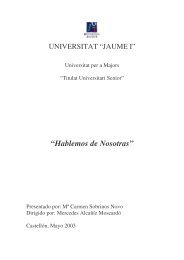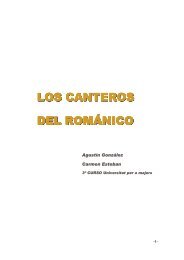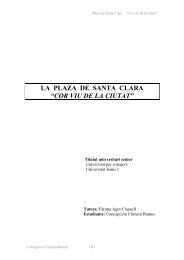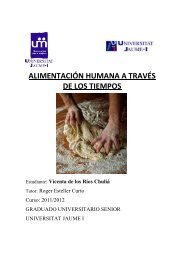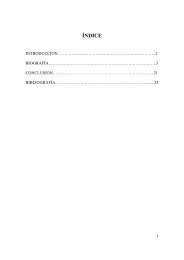The industrial Revolution - Universitat per a Majors
The industrial Revolution - Universitat per a Majors
The industrial Revolution - Universitat per a Majors
Create successful ePaper yourself
Turn your PDF publications into a flip-book with our unique Google optimized e-Paper software.
4. AgricultureEurope was the first of the major world regions to develop a moderneconomy based on commercial agriculture and <strong>industrial</strong> development. Itssuccessful modernization is due to rich economic resources, its history ofinnovations, the evolution of a skilled and educated workforce and the easeof interconnections – both natural and man-made – which made it easy tomove massive quantities of raw materials and finished goods.Europe’s economic modernization began with a marked improvement inagricultural output in the 17th century, particularly in England. <strong>The</strong>traditional method of leaving land fallow was replaced by continuouscropping on fields fertilized with the manure of animals which were raisedfor food for the rapidly expanding urban markets. <strong>The</strong> wealth accumulatedby the landowners and abundant cheap labour fuelled the development ofthe Industrial <strong>Revolution</strong> in the 18th century.During the 18th century towns and cities ever increasing, needed more andmore food. At the same time the British aristocratic taste for improvingtheir estates and decorative country houses transformed the traditionalagricultural system. This was a essentially a British development, anindication of the pressures of <strong>industrial</strong>ization even before the Industrial<strong>Revolution</strong>. Other European countries, with the exception of theNetherlands, from which several agricultural innovations were acquired bythe British, did little to encourage agricultural productivity. <strong>The</strong>transformation was complex and not completed until well into the 19 thcentury. It consisted partly of a legal reallocation of land ownership, the“enclosure” movement, to make farms more compact and economical too<strong>per</strong>ate. Land owners were encouraged to invest money in their estatesinstead of just drawing rents from them. This money was used for technicalimprovements, in the form of machinery – such as Jethro Tull’smechanical sower – better drainage, scientific methods of breeding to raisethe quality of livestock and ex<strong>per</strong>imenting with the new crops and systemsof crop rotation. This process has been described as an agriculturalrevolution, but it was really a prelude to and part of the Industrial<strong>Revolution</strong>.16


